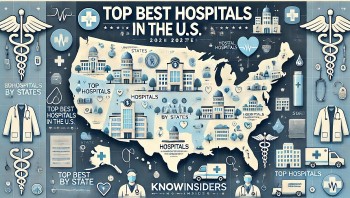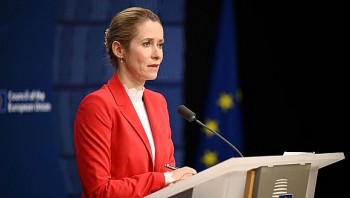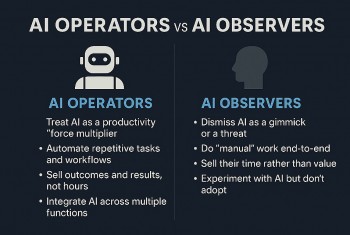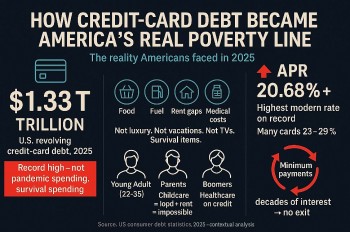Egg Prices Drop Sharply in the U.S.: What Consumers Can Expect Next
 |
| Egg prices are falling |
Bernt Nelson, an economist at the American Farm Bureau Federation, attributes the drop to “a sharp decrease in cases of avian influenza, with just 2.1 million birds affected in March of this year, compared to 23 million in January and nearly 13 million in February.” This massive decline in outbreaks has helped stabilize supply chains, which were previously under intense pressure.
Prices Still High Compared to Last Year
Despite the recent price dip, eggs remain historically expensive. According to the Consumer Price Index, retail egg prices rose 10.4% in February from the previous month and are up 58.8% compared to a year ago. In February, a dozen eggs hit a 10-year high of $5.90.
Wholesale prices began falling in late February—around the same time the USDA announced a new initiative to fight avian flu. President Donald Trump has since claimed credit for the turnaround, citing his administration’s $1 billion investment in combating the disease. “We got it down,” he said in a recent rally, referencing the price drop.
Supply Limits Still in Place at Grocery Stores
While prices are easing, restrictions remain. Some grocers are still limiting how many eggs customers can buy. Costco continues to cap purchases at three cartons per shopper. A Whole Foods location in downtown Manhattan had a sign restricting egg sales—despite shelves being fully stocked.
Retailers say the limits are a precaution to avoid panic buying and ensure consistent supply during a still-uncertain recovery phase.
What Comes Next?
Analysts predict that egg prices could continue to fall in the coming months—if avian flu stays under control and producers can safely rebuild flocks. But the recovery won’t be instant. Hens take months to mature and begin laying again at full capacity, and new outbreaks remain a threat.
“The situation is improving, but the market is still fragile,” said a USDA market analyst. “We could see more volatility if the disease resurfaces.”
Bottom Line
The 9% decline in wholesale egg prices is a positive shift, driven by fewer avian flu cases and stronger disease control measures. But with retail prices still elevated and purchase limits in place, consumers may need to be patient as the market gradually returns to normal.























